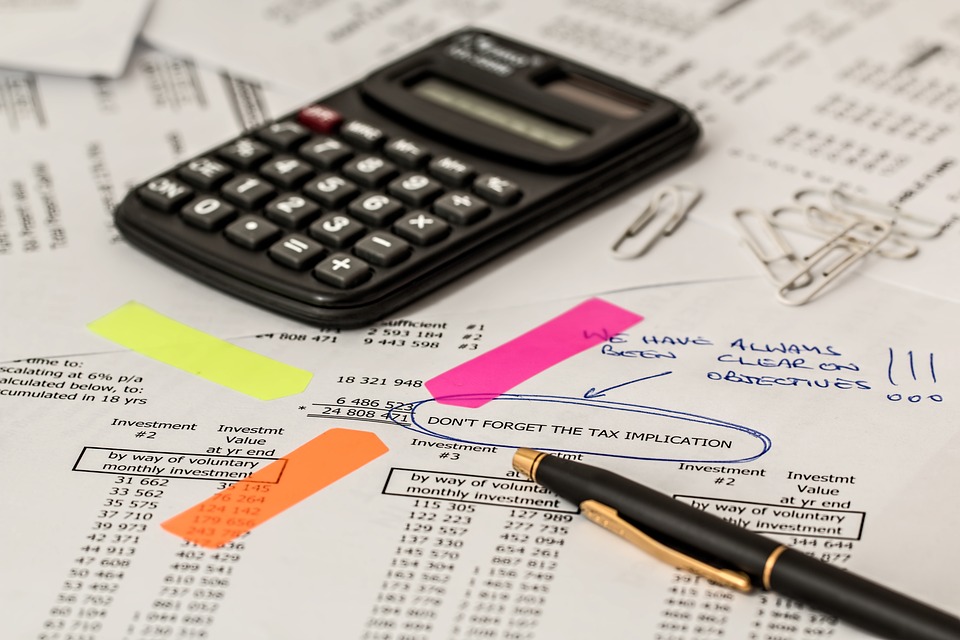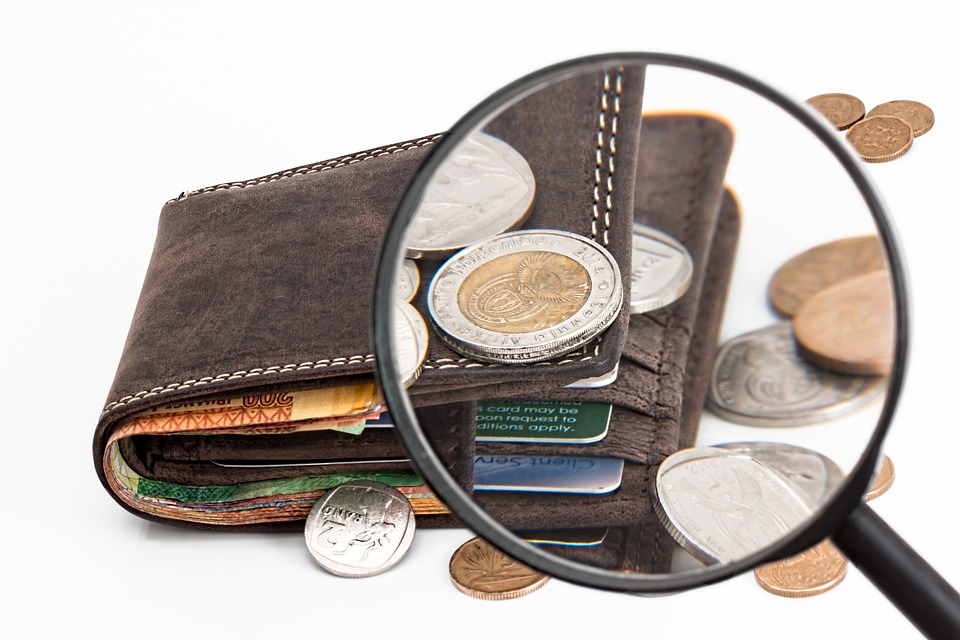
A GREAT BEGINNER’S GUIDE TO BETTER UNDERSTAND NFT’S
Introduction
You may find yourself in the middle of a financial conversation with friends or colleagues and you want to be well versed in the topic everyone is talking about: NFTs. The world of digital space is moving at an accelerated rate more than ever. This eventually led to a new blockchain system that offers us the opportunity to enjoy decentralized finance at its core. Using this blockchain technology, one can now have official ownership of any particular asset called NFT.
But to someone new to the NFT world, this can often be overwhelming to understand and sound complex. Keeping that in mind, today, we will break down NFT for you and everything else you need to know.
What are NFTs
NFTs are digital assets that are purchased and sold with cryptocurrency. NFT is an acronym that stands for Non-fungible Tokens. Simply put, non-fungible refers to a product that is unique, so much so that it is the only one of its kind, and it cannot be duplicated or copied. Often NFTs are digital pieces of art, digital memorabilia, GIFs, and recently even a tweet sold as an NFT! Non-fungible tokens are contracts that signify the rights or ownership to any unique item or property.
Again, when it comes to these being nonfungible, the item you have ownership of is unique and not equivalent to anything else in the world. For instance, let us think about a one-dollar bill. This one-dollar bill can easily be replaced by another one-dollar bill and still signify or hold the same value. That means a dollar bill in your hand is the same as another dollar bill on someone else.
Non-fungible tokens are unique and have unique properties that are not interchangeable with other items. These can be any exclusive digital art, legal document, game item, music, and much more. When someone owns an non fungible token, he and only he is the official owner of that asset and has the transaction right on the Ethereum blockchain.
NFTs in Perspective
In 2016 Drake partnered with Nike to create a custom, one-of-a-kind pair of gold sneakers. This is an example of a Nonfungible item as there is only one in the world. Let’s say the $2million price tag was not a deterrent for you, and you wanted to purchase this one-of-a-kind item. Using Ethereum blockchain as the platform, you would purchase the sneakers using the cryptocurrency in your digital wallet.
When you purchase the item your information will be stored alongside the NFTs information so that preceding owners may have a record of the purchase history. Because all of the purchasing histories are public and verifiable on the blockchain it is guaranteed that the item you are purchasing is authentic. To ensure that each product, be it art, experiences, or digital real estate are unique, NFTs have a few measures in place to guarantee its exclusivity and authenticity.
How do NFTs Work?
Upon creating any non fungible tokens, it mainly makes a smart contract on the Ethereum blockchain that denotes the ownership of any particular asset. This contact is managed through all the computers connected to the blockchain and by a unique ID representing the owner of that specific asset.
Whenever you purchase an NFT, the record of that sale, the price, and even the ownership will exist on the blockchain or the public ledger and can not be manipulated by anyone. This makes the smart contract even more secure than any traditional contract we see in our daily life.
What Are Examples of Non-Fungible Tokens?
As we have mentioned before, non fungible tokens can be anything from exclusive digital art legal documents to game items and music. But there is so much more to non-fungible tokens than it meets the eye. Some of the most noteworthy examples of non fungible tokens in today’s market is,
- Digital art
- Videos
- Game item
- Collectible cards
- Domain names
- Memes
- Online tickets
- Virtual items on VR space
Some digital arts were sold above 50 million USD in the crypto world. Easily rivaling any modern-day highly collectible physical art. For instance, A famous NFT collector called Metakovan recently bought the Beeple NFT for 69.3 million USD. And as these are unique items that hold value like diamonds or even a piece of land in the physical world, the transactional value of things like these is prone to increase over time.
How are Non Fungible Tokens Verified?
One of the driving factors surrounding the purchase of NFTs is both the exclusivity and scarcity of items and the inclusivity of belonging to a group of people able to afford such purchases. Having said that, the price range for NFTs vary, some going into the millions, and purchasers want to ensure the items they own are authentic.
- Each non-fungible token has a unique hash or string of numbers and letters attached to it. This allows for verification and proof of authenticity.
- Each non-fungible token is digitally recorded on a secure record holder known as a blockchain, the technology that holds and supports NFTs.
- The blockchain, often the Ethereum platform, allows for full transparency in ownership. Using https://etherscan.io/ users can track individual NFTs transaction and owner history, price including purchasing and gas fees, and block location.
In Short
Non fungible s are unique digital assets on a secure and verified blockchain to ensure transparency in purchasing history and authenticity. Regardless of the motivation behind purchasing NFTs, these digital assets are set to become more mainstream. As we enter Web 3.0, NFT’s are the future and you want to pay attention.




















